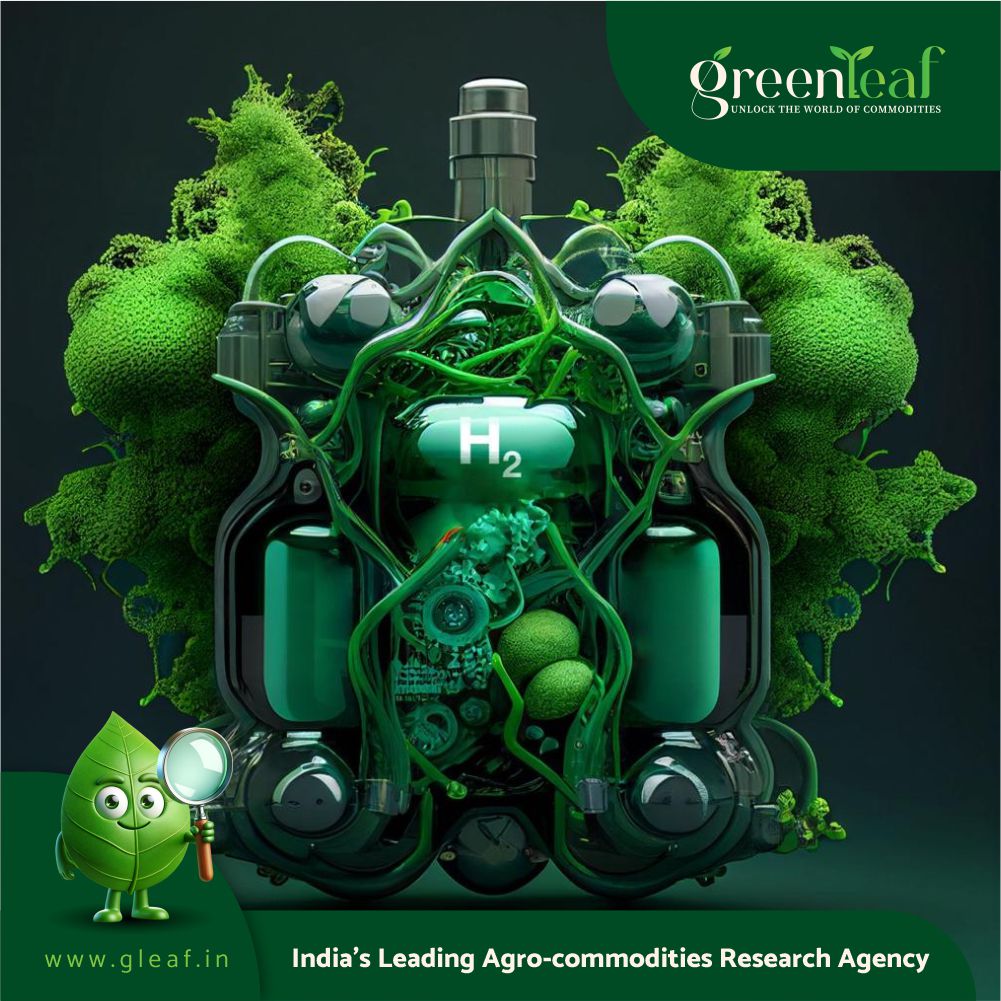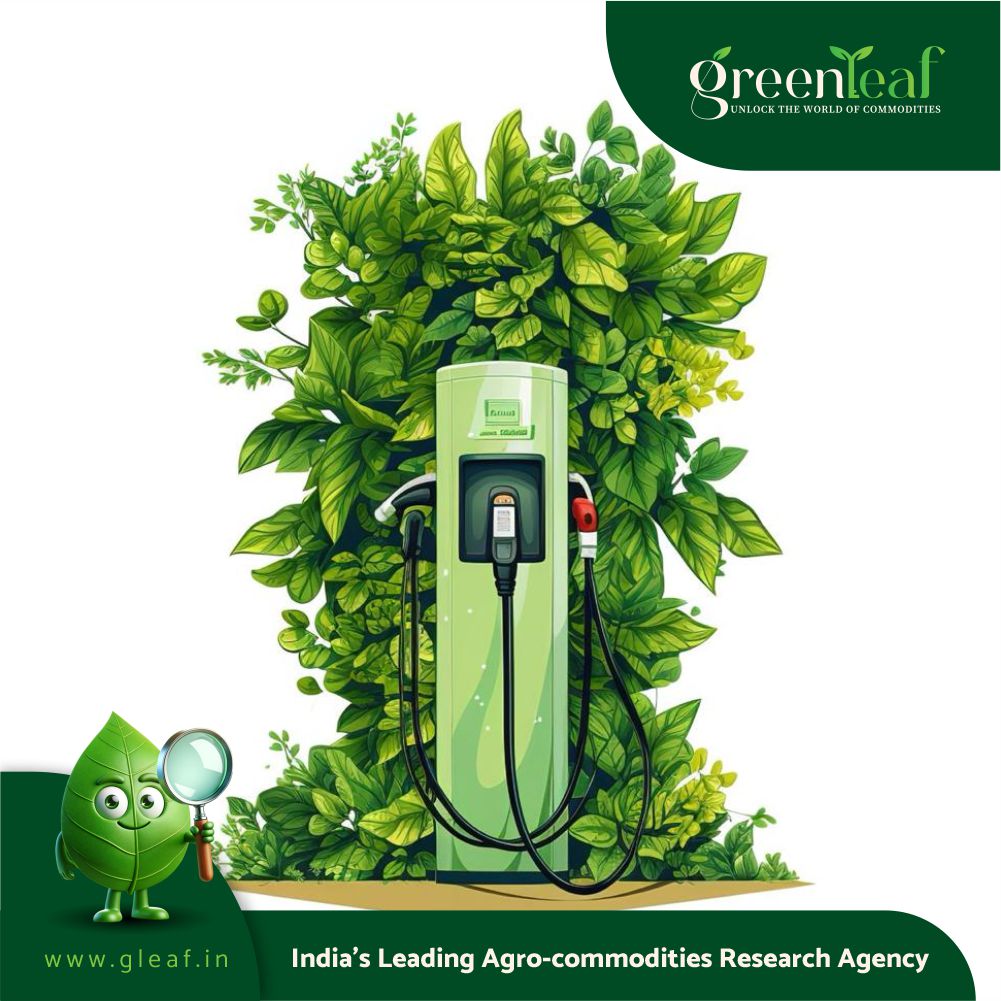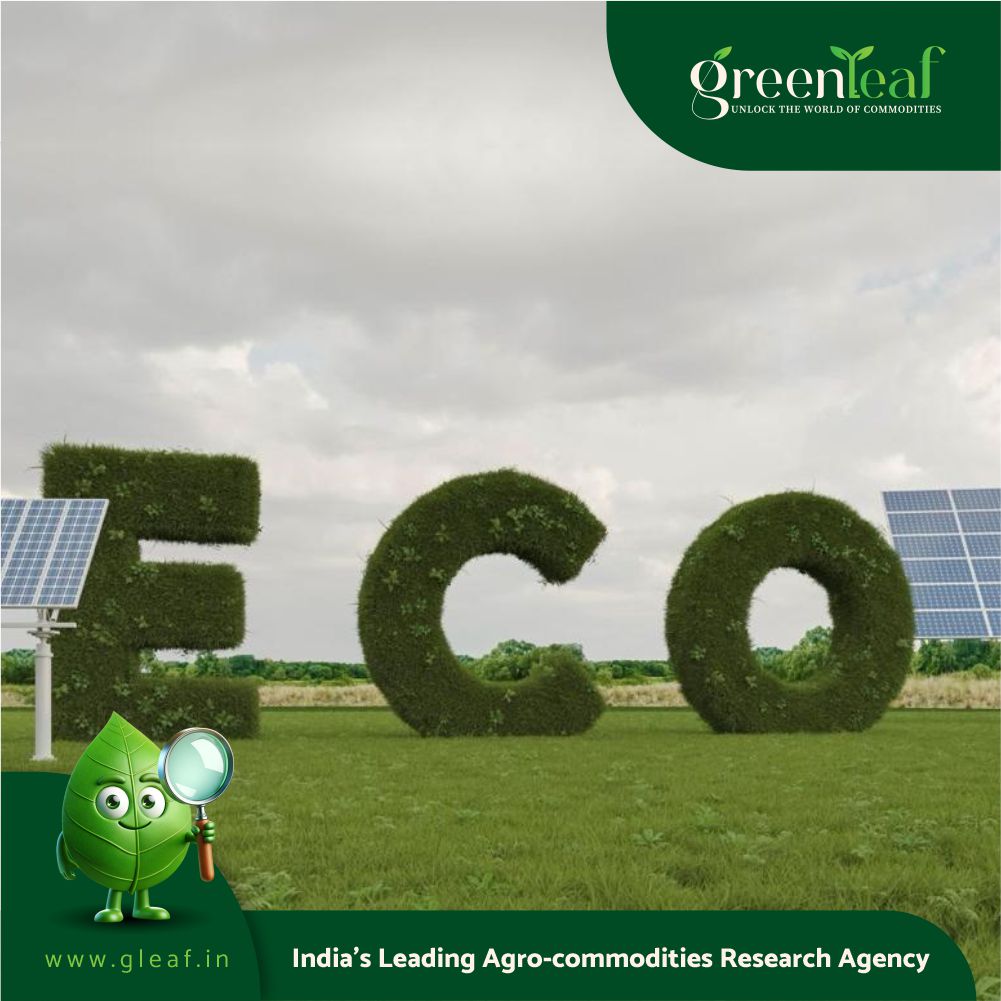South Korean green energy firm Lupro has signed an agreement with Omani conglomerate Muscat Investment House and obscure Thai company MA Corporation to build a project capable of producing one million tonnes a year of green ammonia.
The facility, to be based in the eastern Omani port town of Duqm, would export volumes of NH3 to Thailand starting from 2027, where it would then be sold on to other industrial users in Southeast Asia as well as South Korea.
“It costs about 330 won [$0.22] per kilowatt[-hour] in Korea, but in Oman, green ammonia can be produced at an electricity cost of 5 won [$0.003] per kilowatt[-hour],” Lupro chairman Kim Se-ho told South Korean energy newspaper EKN, although these represent extremely low renewable power costs even in the Middle East.
South Korea has long positioned itself as a future importer of vast volumes of both green and blue hydrogen and ammonia.
Lupro estimates that supply from the first phase of the plant would generate $4.5bn over five years, and aims to start construction in the second half of next year.
The developer plans to eventually ramp up production capacity to 2.5 million tonnes a year, expanding renewable power generation for the facility from 2GW to 5GW.
However, it is unclear whether the agreement with Muscat Investment House and MA Corporation is legally binding or merely a memorandum of understanding.
Similarly, Lupro has not confirmed whether it has secured land in Duqm for the project.
While Oman has tendered blocks of land for large-scale green hydrogen production, none of the winners have yet taken a final investment decision.
However, Indian developer ACME Group has already signed a binding offtake deal and secured a 40bn-rupee ($466m) loan for its 300-tonnes-a-day project in the Duqm Special Economic Zone, making it one of the more advanced large-scale green hydrogen developments in the country.
















